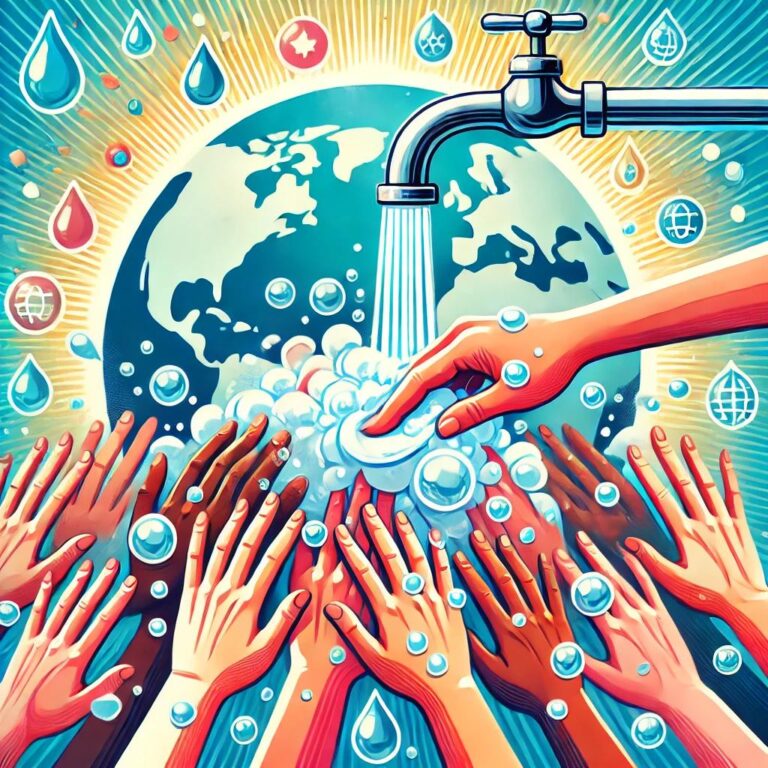October 15 globally is a day set aside to raise the awareness about handwashing.
Here are 10 common handwashing myths, dispelled by public health experts;
1. Myth: Hand sanitiser is better than soap and water.
Truth: “Soap and water are more effective than hand sanitisers at removing certain germs like norovirus and Clostridium difficile,” according to the Centers for Disease Control and Prevention (CDC).
2. Myth: You only need to wash your hands if they look dirty.
Truth: “Germs like viruses and bacteria are invisible. Washing hands regularly, even when they appear clean, is crucial to preventing illness.” — Dr. Robert Glatter, Emergency Physician, Lenox Hill Hospital .
3. Myth: Hot water is necessary for proper handwashing.
Truth: “Using hot water offers no additional benefit over cold water in removing germs. It’s the scrubbing and duration of washing that matters most.” — Dr. Elaine Larson, Infectious Disease Expert, Columbia University School of Nursing .
4. Myth: Handwashing isn’t needed if you’re wearing gloves.
Truth: “Gloves can carry germs just like your hands. Handwashing before and after using gloves is essential to prevent contamination.” — World Health Organization (WHO) .
5. Myth: Air dryers are more hygienic than paper towels.
Truth: “Studies show paper towels remove germs more effectively than air dryers, which can sometimes spread bacteria in the air.” — Dr. Ben Cull, Microbiologist .
6. Myth: Washing your hands for a few seconds is enough.
Truth: “Proper handwashing should take at least 20 seconds to effectively remove germs, paying attention to all areas like nails and between fingers.” — CDC .
7. Myth: Antibacterial soap is always better than regular soap.
Truth: “There’s no evidence that antibacterial soap is more effective than plain soap. Regular soap works by physically removing germs from the skin.” — Dr. Janet Woodcock, U.S. Food and Drug Administration (FDA) .
8. Myth: Once you wash your hands, they’re germ-free.
Truth: “Handwashing reduces but doesn’t eliminate all germs. To stay protected, frequent handwashing and avoiding touching your face is key.” — WHO .
9. Myth: Handwashing isn’t necessary if you’re just at home.
Truth: “Even at home, you can come into contact with germs from surfaces, pets, or contaminated food.
Handwashing is vital regardless of your location.” — Dr. Susan Whittier, Clinical Microbiologist, NewYork-Presbyterian/Columbia University Medical Center .
10. Myth: You don’t need to dry your hands after washing them.
Truth: “Wet hands are more likely to spread germs. Proper drying is an important step to reduce the spread of bacteria and viruses.” — CDC .


